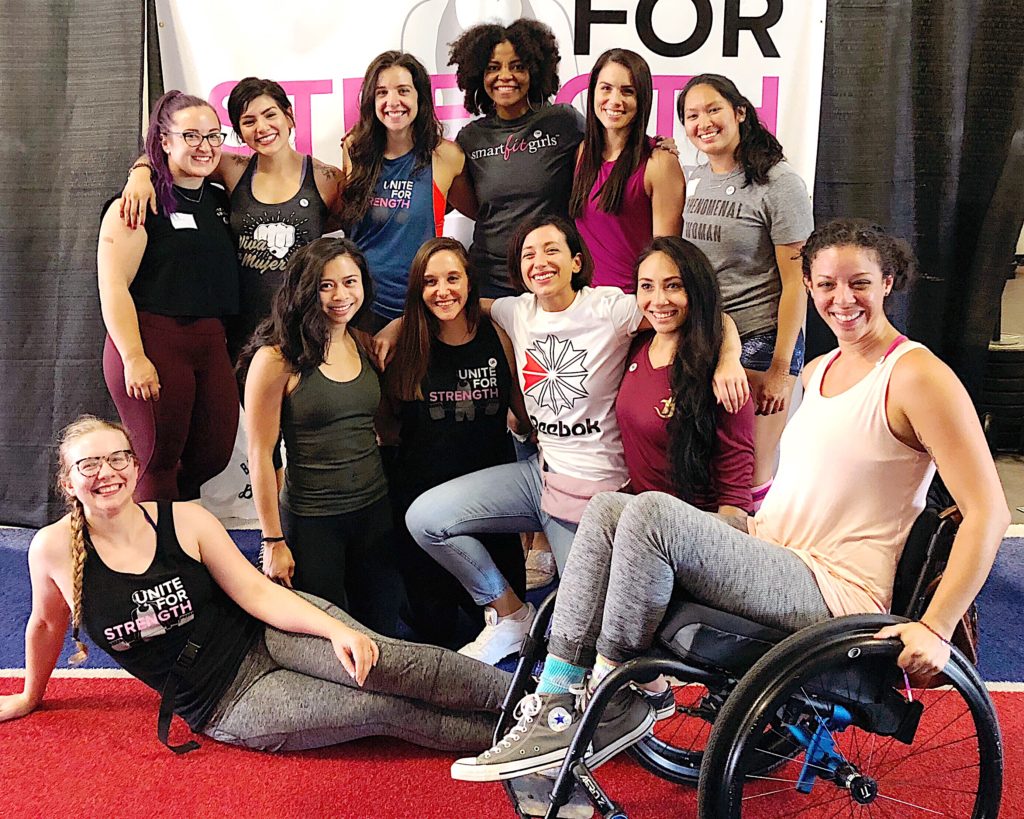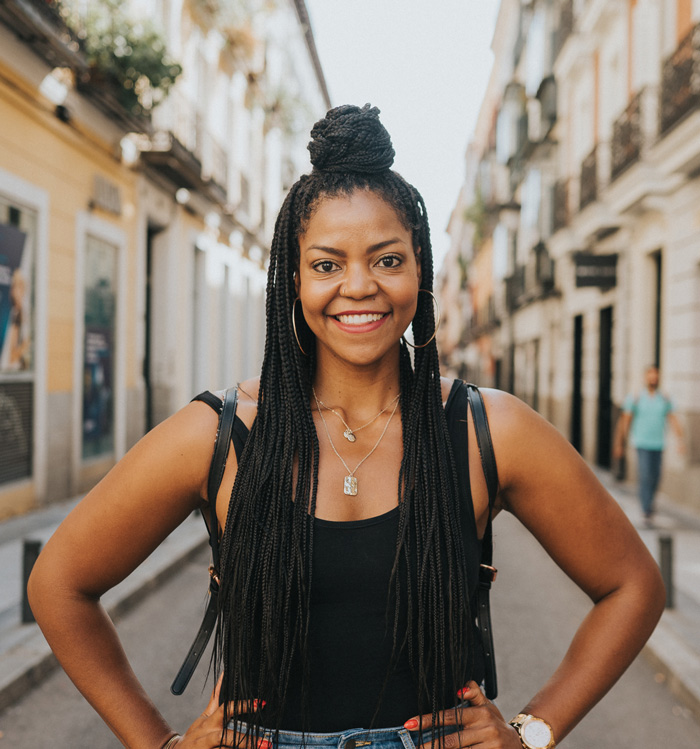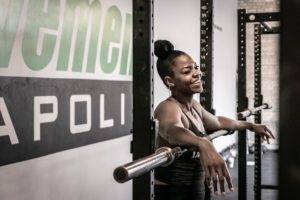“Dominator culture has tried to keep us all afraid, to make us choose safety instead of risk, sameness instead of diversity. Moving through that fear, finding out what connects us, reveling in our differences; this is the process that brings us closer, that gives us a world of shared values, of meaningful community.” – Bell Hooks
There is so much beauty in our differences. It’s our differences that make life interesting. How incredibly boring would life be if we were all the same?
Whether you realize it or not, cultivating a diverse and inclusive wellness industry is wildly important and a crucial component in creating multifaceted experiences. It’s impossible to take a holistic approach to wellness without considering the intersection of race, gender, sexual orientation, abilities, age, and body shape and size, among others.
But aside from that, diversity and inclusion have so many benefits and allows us to broaden our perspective of the world.
Here are 5 reasons why it’s important to cultivate a diverse and inclusive wellness industry:
1. Fitness is for everyone.
Contrary to what we see portrayed in fitness magazines and throughout social media, fitness is for everyone. Fitness isn’t for a particular size, gender, shape, age, or ethnicity. You don’t need to look a certain way to have a ‘fit’ body, nor do you need to possess any particular physical characteristics to engage in physical activity of any form.
With the average American woman wearing a size 14 or above, having the ‘face of fitness’ be mostly young, thin, lean, feminine-presenting women with just the right amount of muscle mass is a gross misrepresentation of the general population and perpetuates the false idea that being ‘fit’ or healthy is synonymous with being a certain size. It also further alienates people from feeling welcomed in fitness spaces. Every ‘body’ is worthy and deserves to feel represented, welcome, and seen as valuable.
2. Representation matters.
Representation is vital because what people see shapes their perception of reality and what they deem to be possible for themselves and for people who look like them. It’s also important for people from dominant groups to see what’s possible for people who DON’T look like them. (thanks to my friend, Chrissy Chard, cofounder of Smart Fit Girls, for bringing this very important point to my attention).
It’s important to see women working out in hijabs. We need to see black and brown women represented. It’s vital that we see people who identify as trans and gender queer represented in wellness spaces. We need to see fat bodies on the covers of fitness magazines because unfortunately, so many people still don’t understand that size is not an indication of health.
Diversity is not a box you check, and representation is the not the end goal. It’s actually just the first step. But it’s still a very important step nonetheless because without it, there are important stories remaining absent from mainstream wellness.
3. It creates welcoming spaces.
Have you ever walked into a space and not felt welcomed? I have on many occasions. For members of marginalized communities, this is an all too common experience. If we aren’t considering overlapping identities such as gender, sexuality, or race, it’s easy to lack the awareness of the ways in which we are creating less than welcoming spaces, both in person and online. Being a minority or member of a marginalized group in a non-diverse setting or industry can feel extremely isolating.
This concept is particularly challenging for white people to understand because whiteness is the default in American culture. As such, it affords people the privilege of rarely feeling ‘othered’ or unwelcomed. Diversity and inclusion fosters a sense of belonging for people. It helps individuals feel included and seen, and more importantly, welcomed.
4. Diversity and inclusion gives us opportunities to learn and grow.
If everyone in your social and professional circles look just like you, you run the risk of group think. Even worse, you are missing out on important opportunities for growth. Being around people who are different from myself, who can offer a different perspective, one I may have never considered, allows me to expand my knowledge and self-awareness.
A big part of that process requires that I be quiet and listen. I may not experience everything someone else experiences, but I can do my best to understand, empathize, and hold space for other people. Most importantly, I can be open to learning more and accepting feedback without centering myself in the conversation. This certainly does not mean we have permission to require others to share their experiences or demand their emotional labor. We can learn a lot by closing our mouths and opening our ears.
5. Fosters creativity and provides a richer experience.
Life is really boring when everything is the same. Variety is the spice of life and creating diverse and inclusive spaces fosters creativity and colorful experiences. My deepest learning experiences have transpired when I was exposed to different views, ideas, and perspectives. That doesn’t happen when we stay in our safe and comfortable corners of the world, surrounded only by people who look and think the same as we do.
So there you have it; five reasons it’s important to cultivate diverse and inclusive wellness spaces. Our differences are the very thing that make this world a beautiful and interesting place. Let’s celebrate and embrace our differences.
It is not our differences that divide us. It is our inability to recognize, accept, and celebrate those differences. – Audre Lorde
Fitness is for everyone. Let’s work together to bring as many people as we can into this conversation because we have the opportunity to shift the landscape of the fitness industry. Transformation occurs when we create a culture of accountability. We are all responsible.
If you are interested in learning about how to cultivate a more diverse and inclusive wellness industry, while exploring topics such as the difference between diversity and inclusion, intent versus impact, and the intersection of race, gender, sexual orientation, and body size (among others), join me for Diversity and Inclusion 101. This webinar was created specifically to provide you with the basics of this topic and also to discuss special considerations for creating safe, inclusive, and welcoming wellness spaces.
P.S.- If you want to receive exclusive emails about body image, nutrition, mindset, and fitness (through an intersectional lens), please join me here –>https://chrissyking.com/newsletter/









